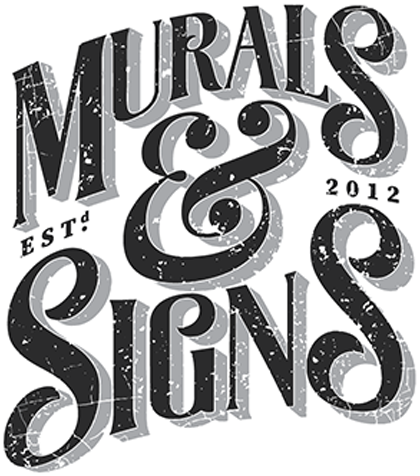In the realm of visual marketing, the art of creating effective commercial signs lies in striking the perfect balance between aesthetics and functionality. While an eye-catching sign can grab attention, it must also serve its purpose and convey essential information. Achieving this equilibrium is essential to crafting signage that not only stands out but also drives business success.
The Importance of Aesthetics and Functionality
Commercial signs are the face of a business, serving as the first point of contact with potential customers. Aesthetics and functionality are two fundamental aspects that must work harmoniously to create a compelling and informative sign.
Aesthetic Appeal: Captivating Your Audience
Aesthetics play a pivotal role in capturing the attention of passersby and creating a memorable impression.
Functionality: Conveying Information Clearly
The functional aspect of a sign is equally crucial, as it must deliver information efficiently and effectively.
Design Principles for Aesthetic Excellence
Creating aesthetically pleasing signs requires adherence to certain design principles that enhance visual appeal.
Color Psychology and Signage
Colors have the power to evoke emotions and convey messages subconsciously, making them a potent tool in sign design.
Typography and Visual Hierarchy
Selecting appropriate fonts and arranging text in a clear hierarchy ensures that the most critical information is conveyed effectively.
Incorporating Brand Identity
Aesthetically pleasing signs should align with the brand’s identity, using colors, logos, and design elements that reflect the business’s personality.
Maximizing Functionality for Effective Communication
To fulfill their purpose, commercial signs must deliver information in a functional and user-friendly manner.
Clarity in Message
Signs should communicate the intended message succinctly, allowing viewers to grasp the information quickly.
Readability and Legibility
Text and visual elements must be legible from a distance and in various lighting conditions, ensuring that the message reaches its audience.
Simplicity in Design
Simplicity is key to functionality. Signs that are cluttered with unnecessary elements can confuse and overwhelm viewers.
Integration of Aesthetics and Functionality
The true power of commercial signs lies in seamlessly merging aesthetics and functionality for a cohesive and impactful result.
Harmonious Design Elements
A successful sign achieves balance by integrating design elements that enhance both aesthetics and functionality.
Call to Action with Clarity
A well-designed sign should not only inform but also prompt a specific action from the viewer, such as making a purchase or entering a store.
Location-Driven Design
Different environments call for different sign designs. Factors like the sign’s placement, lighting, and surroundings influence its aesthetics and functionality.
Case Studies: Aesthetic and Functional Signage Done Right
Examining real-world examples showcases how businesses have successfully balanced aesthetics and functionality in their signage.
Apple’s Iconic Retail Signs
Apple stores are renowned for their sleek and minimalist signs that harmonize with the brand’s aesthetic while guiding customers effectively.
Subway’s Practical Wayfinding
The Subway transportation system employs clear and straightforward signage to navigate vast networks efficiently, demonstrating functionality at its best.
Conclusion
In the realm of commercial sign design, the delicate dance between aesthetics and functionality is what sets exceptional signage apart. Striking the right balance ensures that signs not only catch the eye but also communicate essential information effectively. By adhering to design principles, embracing brand identity, and considering the user experience, businesses can create signs that not only stand as artistic expressions but also serve as practical tools for engaging customers and driving success. Ultimately, the synergy between aesthetics and functionality transforms signs from mere visuals into powerful marketing assets.
